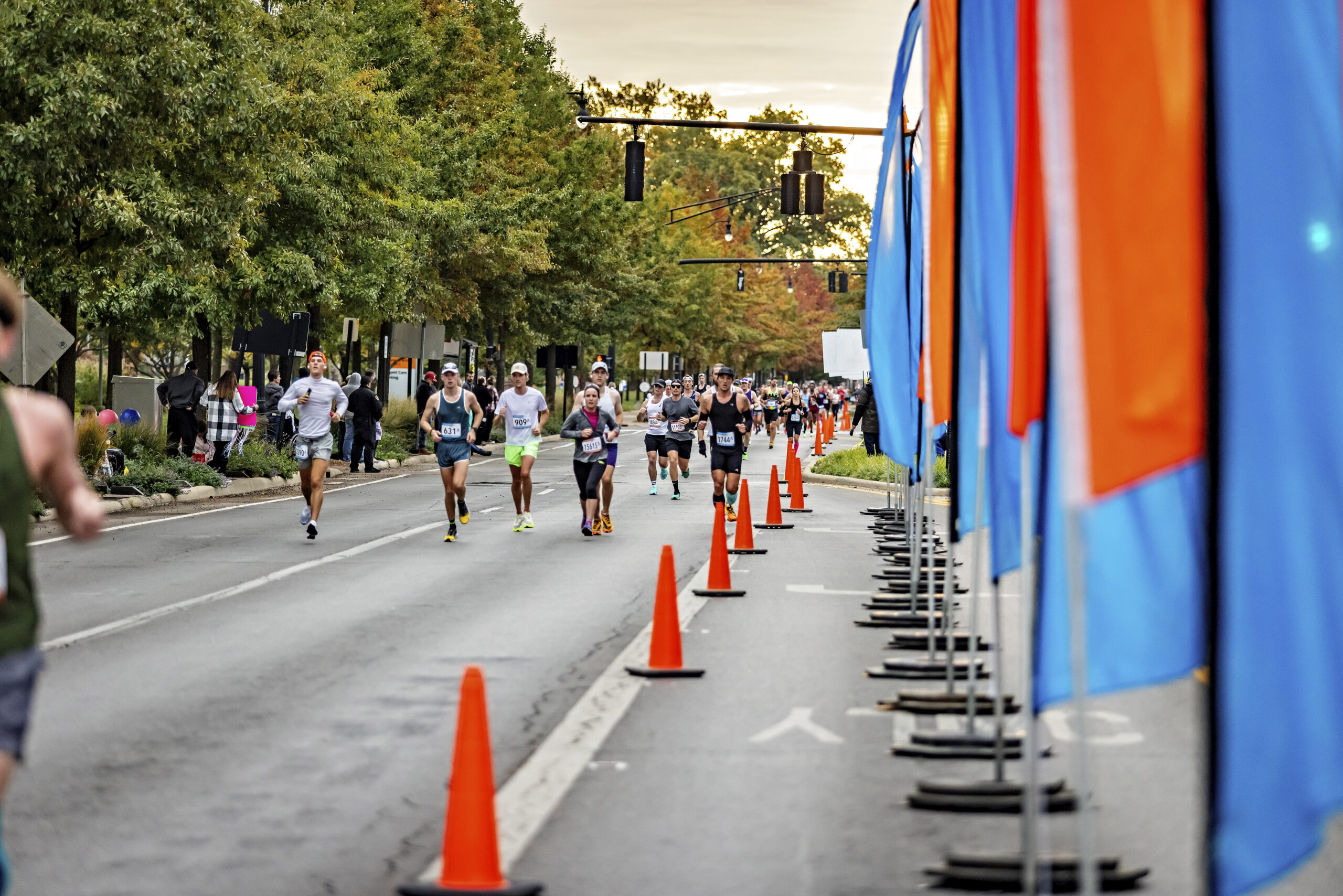Key Highlights
- The Columbus Marathon is set to take place on a specific date.
- Race participants and spectators need to be aware of the detailed route and potential traffic disruptions.
- Parking arrangements will vary based on location, with some areas offering designated spots for event attendees.
- Several streets will be closed during the marathon, affecting local traffic flow.
Race Route Overview: A Guided Tour of Columbus Marathon Paths
The Columbus Marathon is an annual event that brings together runners from across Ohio and beyond. The race course has been meticulously planned to offer a scenic journey through the heart of Columbus, while ensuring participant safety and minimizing disruption to local residents. The route typically starts at Downtown Columbus and weaves its way through various neighborhoods before concluding in the city center. Key segments include the historic Short North district, known for its vibrant arts scene, and the bustling downtown area with its numerous shops and eateries.
Parking Guidelines: Where and How to Secure a Spot
Parking can be a significant concern during major events like the Columbus Marathon. Organizers recommend utilizing designated parking lots near the race start line or finish area for convenience and ease of access. These facilities are often located in secured areas, ensuring that vehicles remain safe throughout the event.
For those preferring to park closer to their starting point, several garages and surface lots will be open during specified hours. However, it is advisable to book parking spaces well in advance, especially as demand for these spots can be high. Additionally, carpooling or utilizing rideshare services could offer a more convenient alternative for participants who do not require personal vehicles.
Closures and Traffic Management: Navigating the City
The marathon route will necessitate temporary street closures to accommodate runners safely and manage spectator access. Major thoroughfares such as High Street, Broad Street, and several others will be closed off during different stages of the race. Local authorities have provided detailed maps indicating exactly which streets will be affected by these closures, along with suggested alternative routes for drivers. Residents and businesses in proximity to the marathon route are advised to plan their travel accordingly, possibly opting for public transportation or adjusting work schedules to avoid peak traffic times.
Conclusion
Preparing for a Seamless Marathon Experience
By familiarizing oneself with the race route, parking options, and potential street closures, both participants and spectators can ensure a smooth experience during the Columbus Marathon. Collaboration between event organizers, local authorities, and community members will be crucial in maintaining order and enhancing the overall enjoyment of this significant sporting event.

